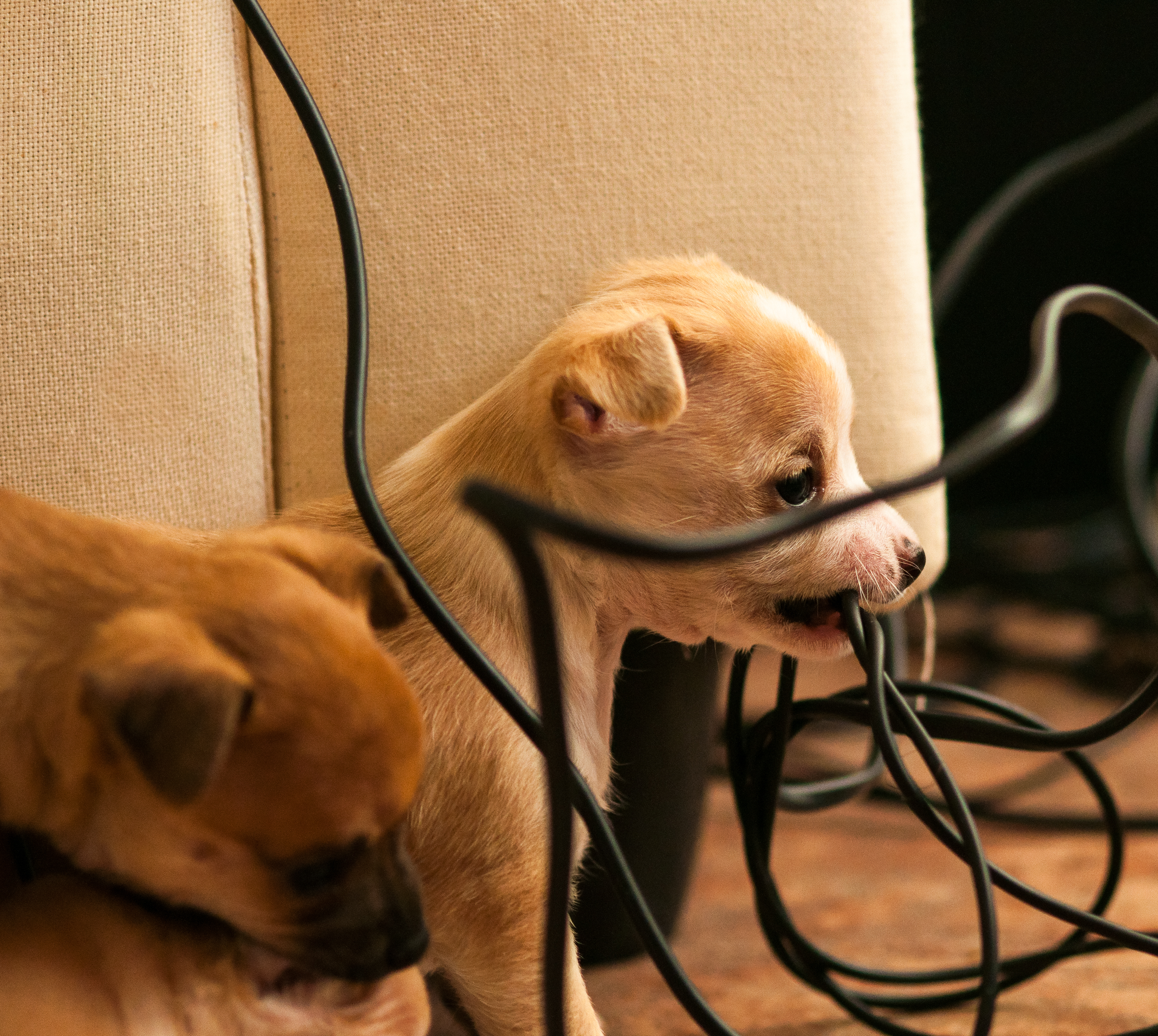
How to Treat 4 Types of Burns on Your Dog
Some dogs are known for getting into everything around the home, much to our frustration. Unfortunately, this can lead to accidents that put your pup’s health at risk. One type of accident that many dog owners aren’t prepared for is burns.
Dogs are susceptible to burns and scalds in same way humans are. Not only is it important for you to take precautions to protect them from burns, but it’s also important that you know how to treat them if they happen. However, not all burns are the same. Different types of burns and burns of varying severity will require slightly different forms of treatment.
First-degree burns vs. more serious burns
The severity of a burn can depend on a lot of factors—temperature, length of exposure and much more. Unfortunately, there can be quite a big difference between a mild first-degree burn and a second-degree burn.
Burns can occur on any part of your dog’s body—including the paws—and the sensitivity of the skin in a particular area may worsen a burn. When examining your pup after an accident, don’t forget to check them all over!
First degree burns affect the most superficial layers of your pup’s skin. They may appear red, dry or cracked and will probably be painful to the touch.
Second- and third-degree burns are much more serious. These burns typically affect multiple layers of skin. They may show signs of blistering, and the skin may be burned through, exposing deeper layers of skin and potentially appearing white or leathery.
First degree burns may be able to be properly treated at home. Second- and third-degree burns are much more serious and should be examine and treated by a veterinarian to ensure minimal pain or side effects and proper healing. If you notice a severe burn on your dog, wrap it in a sterile cloth and see an emergency vet right away.
Treating different types of burns
The first type of burn most people think of is one caused by heat, like when you spill boiling water or touch a hot pan. However, other things, including chemicals and electricity, can cause severe burns, as well. These burns might look slightly different and usually require unique precautions.
1: Heat

Burns from heat may occur if your dog tips over a bowl or pot of very hot liquid or has contact with a hot surface, such as the burners on the stove, a hot pan or even asphalt on a hot summer’s day. These burns are some of the easiest to treat. As soon as you notice the burn, flush the area with moderately cold water. This helps dissipate the heat and soothe the burned skin.
After cooling the area, inspect it for damage. Then, apply a cold compress using an ice pack wrapped in a T-shirt or a washcloth dipped in cold water. Allow the compress to sit for up to 20 minutes, then gently wrap the burn with gauze.
2: Chemical
Chemical burns can occur if your dog touches or attempts to ingest harsh chemicals like cleaning supplies. The compounds in these products can erode the skin, causing a painful burn and blisters. The treatment for chemical burns will largely depend on the situation.
If your dog has made physical contact with chemicals, remove any clothing or accessory that might be coated in the chemicals. Be sure to wear gloves to avoid touching the chemicals yourself. In the bath, rinse your dog with cool water and shampoo and do your best to minimize the spread of the chemical to other body parts. Baking soda may help neutralize acidic chemicals, but only if you know for sure it was an acid. Wrap any identifiable burns with gauze.
If your dog attempted to ingest a chemical, you’ll want to quickly rinse their mouth with cool water. Lay them on their side to ensure they don’t swallow the water and chemicals as you rinse. Then, contact your vet immediately, since your dog may have swallowed some chemicals and will likely need veterinary attention.
3: Electrical

Electrical burns can be caused by faulty or chewed wires and other contact with electrical equipment. These can be quite dangerous, since they can result in shocks to both your dog and you.
Identify the source of the electrical burn and ensure all electricity is turned off and unplugged before touching your dog. Examine the burn and run it under cool water. Then, apply a cold compress for 20 minutes before wrapping the burn in gauze. Monitor your dog for any signs of shock or other health problems.
4: Sunburn
Dogs are also susceptible to sunburn. Dogs with very short or white fur are particularly at risk, but all dogs can develop sunburn on their nose, stomach, legs and ears if left out in the sun too long.
Mild sunburns can typically be treated with frequent cold compresses and topical creams to soothe dryness and inflammation of the skin. More severe burns should be treated like second-degree heat burns and addressed by a veterinarian.
Fast action is best for burns
Even if you’re able to treat your pup’s mild burns at home, it’s a good idea to call your vet after to ensure you’re giving the proper care. Burns may develop skin infections without proper treatment, and there may be other side effects related to the circumstances of the burn. By checking with your vet, you’ll ensure your pet heals quickly!


